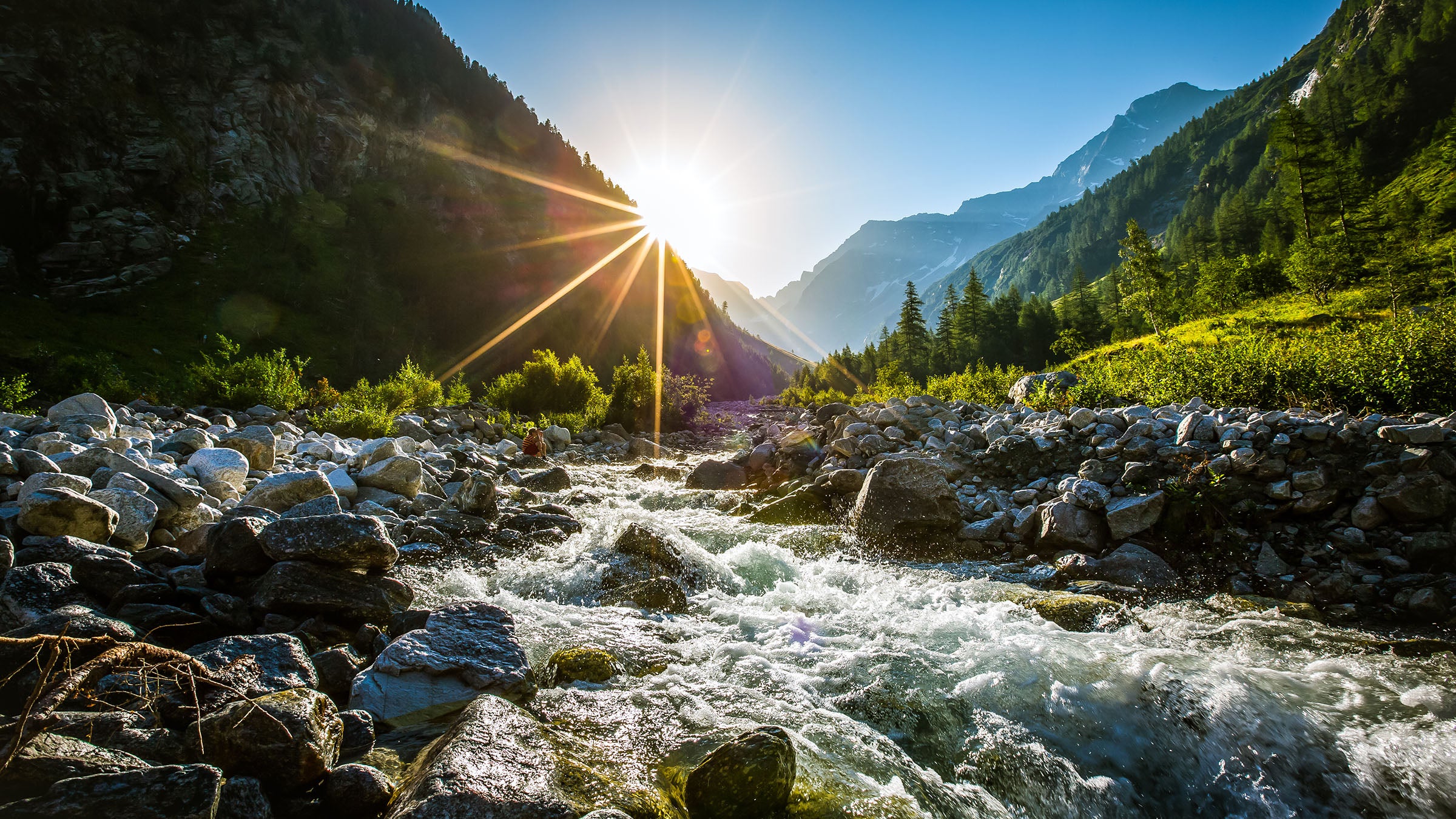Do Hikers Really Need to Filter Water Before They Drink It?

(Photo: Martin Steinthaler / Moment via Getty)
I’ve heard that the dangers of drinking backcountry water are way overblown. Is that true? – Tim Ready, via email
Everyone hates to think they’ve been had by jumpy scientists or slick marketers, but don’t let paranoia carry you away: You’re probably better off filtering your water than drinking it raw.
For as long as there have been filters, hikers have split into two camps: Those who treat their water before they drink it, and those who don’t. In 2018, a viral Slate article titled “Actually, Backpackers, You Don’t Need to Filter Your Stream Water” kicked the argument into high gear when it claimed that there was no evidence linking backcountry water sources to giardia or cryptosporidium cases, citing as evidence a 1993 study that found only 5.7% of backcountry travelers in the Sierra who drank untreated water ended up with the stomach bugs, none of them symptomatic.
But the truth about wild water is trickier than a simple yes or no. Yes, it’s often safe to drink, but you can’t determine that by sight or taste. Take high-altitude water. You’d think it’d be OK since there are no cows or other livestock uphill or upstream, but scientists have been finding giardia in the scat of high-altitude critters since the ’70s. Alpine soil is thin, and whenever snowmelt or rainwater washes across it, those droppings sweep right into your water supply.
And then there are people. Reality check: 1993 was almost 30 years ago, and the hiker population has been steadily growing since then as more and more people discover the allure of the trail, a process kicked into high gear by the Covid-19 pandemic. What’s more, a lot of those new hikers haven’t learned proper waste disposal, meaning that their, uh, leavings are occasionally seeping into water sources.
It’s true: The chances of catching a bug are lower than you probably think. Practically speaking, it takes about 10 giardia cysts for a normal, healthy adult to contract the runs, and alpine water typically has less than a cyst per liter, according to a variety of surveys conducted in the High Sierra. But if you fill up next to a vole’s favorite commode, that could mean thousands of cysts in your Nalgene. Given the ease, low price, and minimal weight of packing a modern filter, you don’t have much to lose from filtering your water.
Some people feel like any barrier between them and nature dilutes their wilderness experience. Even among the Backpacker family, we have a few holdouts who drink straight from the stream. But we also have a few people who have experienced the joy of giardia firsthand, and they’re not eager to repeat the experience.